How to serve students with special needs in MTSS
In reading the findings in the “IDEA Series” from the National Council on Disability from February 7, 2018, this one finding was very powerful to us. The report states that “the research demonstrates that inclusive education results in the best learning outcomes; there is no research that supports the value of a segregated special education class and school.”
We hear it everywhere. “We can barely serve our students with disabilities according to their IEPs, never mind adding MORE services in the MTSS process. HOW exactly are we supposed to support our students with disabilities in EVERY tier?
It does sound daunting if we think in terms of “more, more, more”. “More, more, more” feels nearly impossible. What if we stopped thinking of “and, and, and” as “more, more, more” and start thinking of it as again, again, AGAIN.
It is also well known that struggling learners and learners with disabilities require more practice to learn new concepts. So why, when these students are already struggling to learn one key concept, do we keep throwing new reading passages, assignments, and tasks at them in every setting?
Students with disabilities should be considered the same way as their general education peers when it comes to the MTSS process. Sometimes, LRE calls for only Tier 1 support. Sometimes, support in all 3 tiers is needed. If the latter is the case, there is a better way to do this. Here is how.
Tier 1-TEACH IT.
Make sure all your students, (yes! including your students with disabilities) receive grade-level standards-based goals and assignments. Remove barriers to accessing the grade-level content using universal design for learning. One of the biggest mistakes we make when serving students with disabilities is over modifying the curriculum instead of adapting it. Simple changes in the learning environment can have a powerful positive impact on the ability to learn.
Tier 2- TEACH IT AGAIN.
Use one regular small group time to provide a 10-15 minute pre-teach of the grade-level content before a new concept begins. Just before a formal assessment, reteach the SAME CONTENT AGAIN to provide more response opportunities and feedback.
Tier 3-THEN TEACH IT AGAIN.
In a short smaller group time or one to one instruction using the SAME CONTENT AGAIN with a focus on the critical components of the content. This time, provide more explicit and systematic instruction on decoding, fluency, text structure, and/or key vocabulary, depending on the student’s individual needs. Use the same reading passage, math assignment, or writing prompt that is being taught in the general curriculum.
Special Education- THEN TEACH IT YET AGAIN.
During special services, special educators teach the SAME CONTENT AGAIN using pedagogy unique to special education. Special education understands the impact of the disability on cognitive functions like working memory, processing speed, verbal comprehension, and fluid reasoning. Special educators are responsible for expertise in impacts based on eligibility, like differences in how to teach students on the autism spectrum, students who struggle with dyslexia and other reading disabilities, or students with an emotional disability. Using the core curriculum, instead of looking for something else, gives special educators time to really hone in on these impacts, gives students the truly specialized instruction the IEP requires and provides the repeated practice they need to learn the core curriculum.
Save your energy.
We see so many teachers running around looking for passages and worksheets to teach intervention and special education. Stop wasting time looking for additional content to teach in each tier. If you have a supplemental reading intervention program, use the pedagogy from that program to teach the SAME CONTENT AGAIN that is being taught in the general classroom.
This helps students access the core curriculum and teaches them strategies they can use in the classroom. Use the SAME CONTENT AGAIN and adapt the pedagogy. The more content you put on the table the more cognitive demand you are putting on students who are already overloaded.
And, and, and… the more work you are making for yourself!
How We Can Help
We are educators like you and we completely understand what you need to organize your work. Documentation is becoming a bigger deal everyday. We know. We’ve been there. So we made the tool we wished we had. DOT IT is an amazing app for managing the MTSS and IEP process. It is easier and more user friendly than any tool you have ever used. It will make your life better. We promise.
Check out our virtual demos or contact us by phone or email. We are happy to help!






